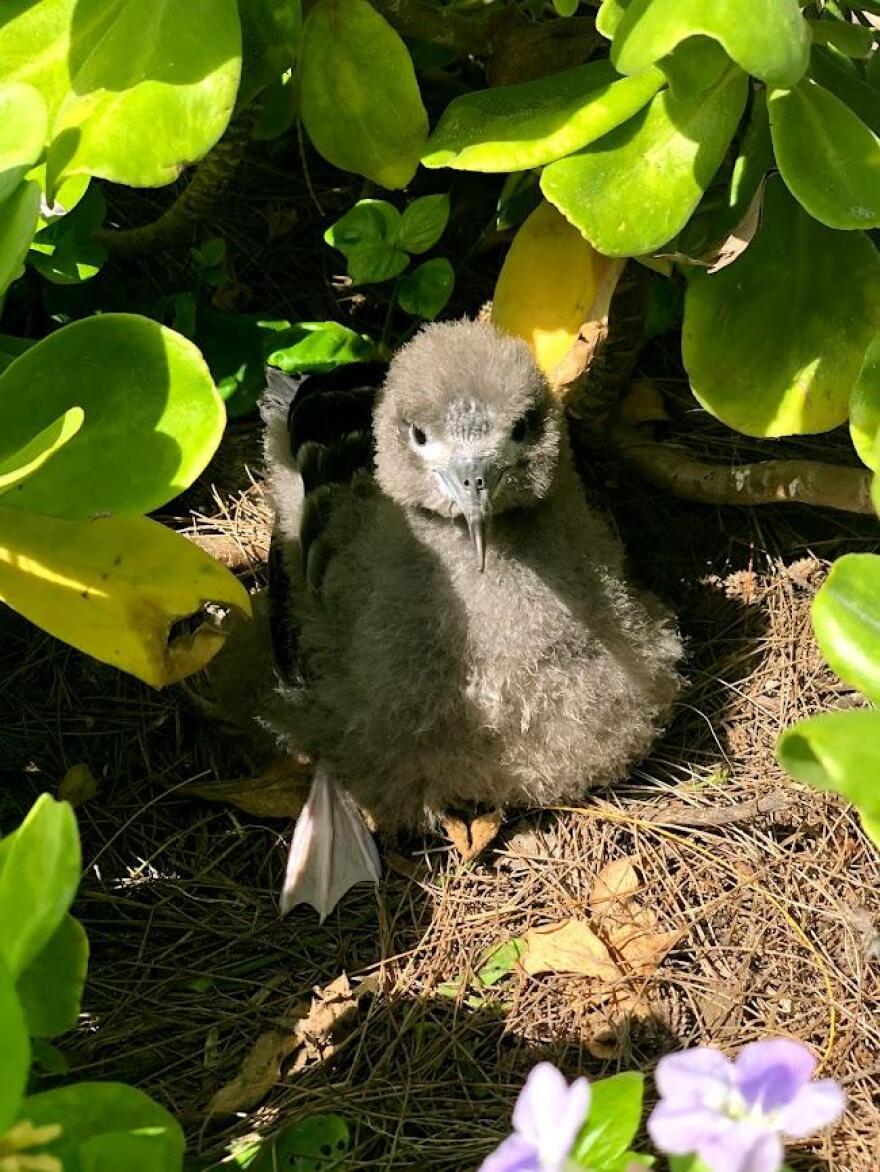A species of native Hawaiian seabird is nesting successfully in urban Oʻahu neighborhoods.
ʻUaʻu kani, or wedge-tailed shearwater, is a seabird species historically found nesting on coastlines.
Human development in these areas has reduced the availability of nesting habitats — pushing the seabird colonies to nest in undeveloped islets.

A few ʻuaʻu kani continue to lay their eggs along Oʻahu’s shoreline.
A University of Hawaiʻi at Mānoa study shows there is no significant difference in the survival rate of chicks who grow up with a high human presence.
Jessica Idle, lead author of the UH Mānoa research, says their underground burrows provide some amount of protection, but they’re still not totally unsusceptible to predation and trampling.
"There is no significant difference in nesting success, and nesting success is the measurement of whether that burrow produced a fledgling at the end of the season. So it runs from the egg hatching stage all the way through the chick fledging stage," Idle told Hawaiʻi Public Radio.
UH Mānoa collaborated with the Honolulu Department of Parks and Recreation and the Hawaiʻi Marine Animal Response to build symbolic fencing around the seabird colony at Kailua Beach Park.
The fencing is made of large wooden posts and rope. There are educational signs about the birds lining the edge of the fencing.





